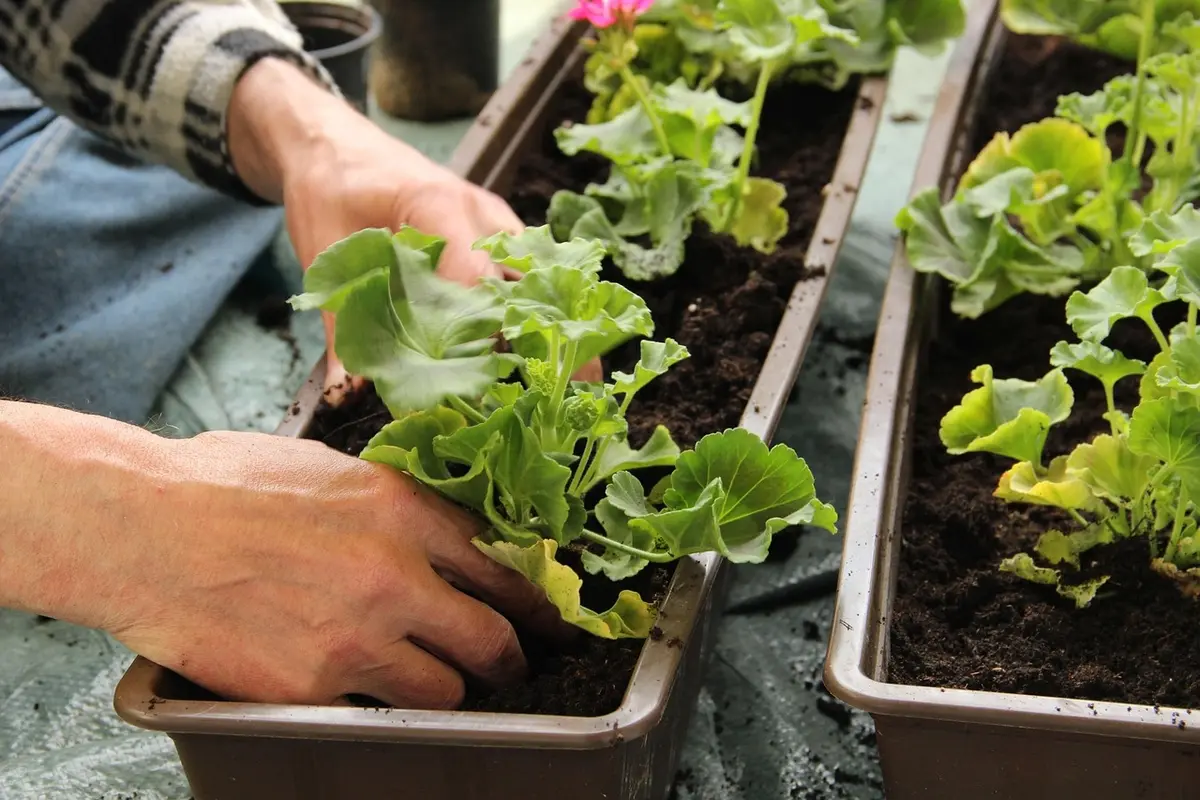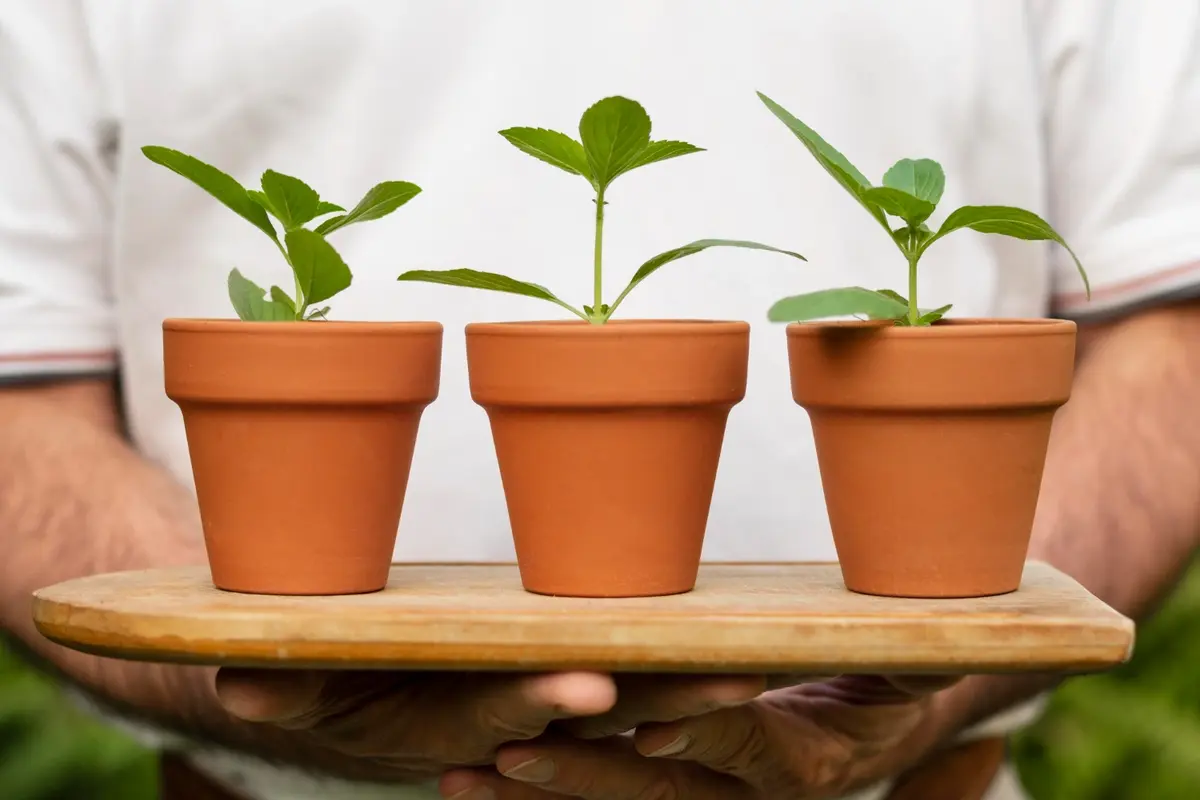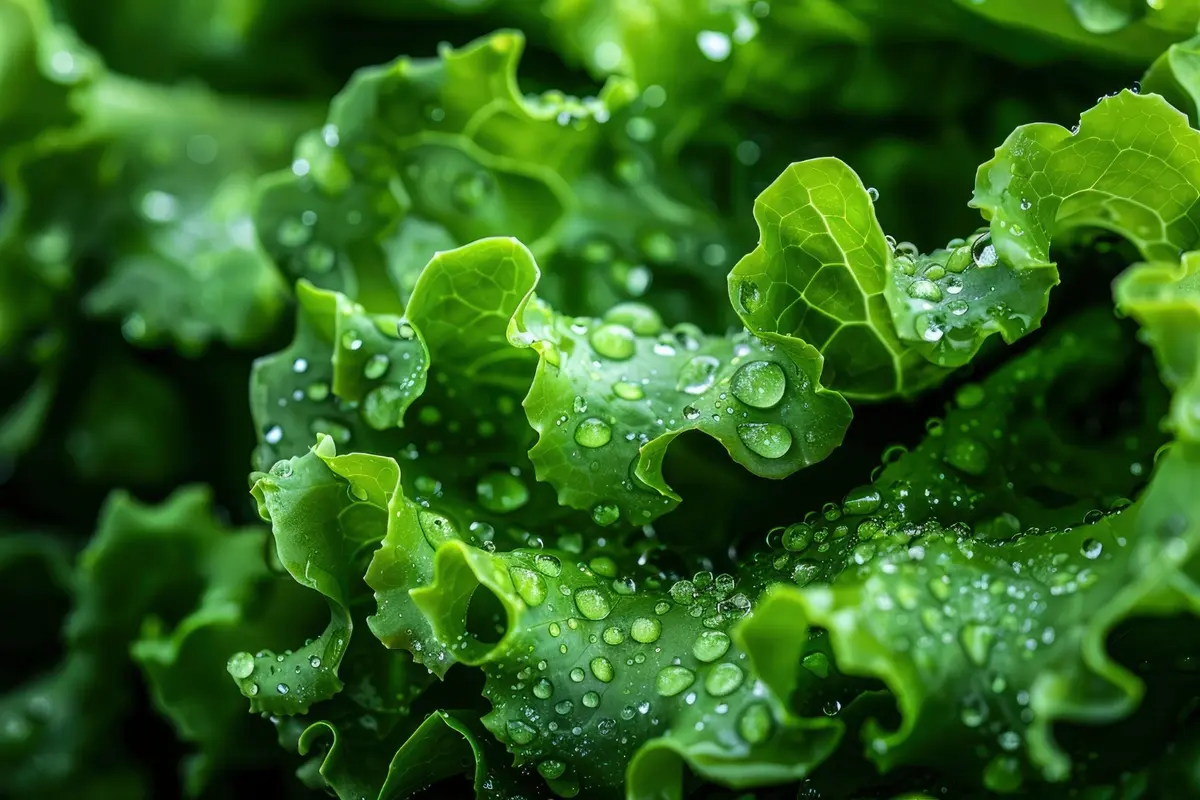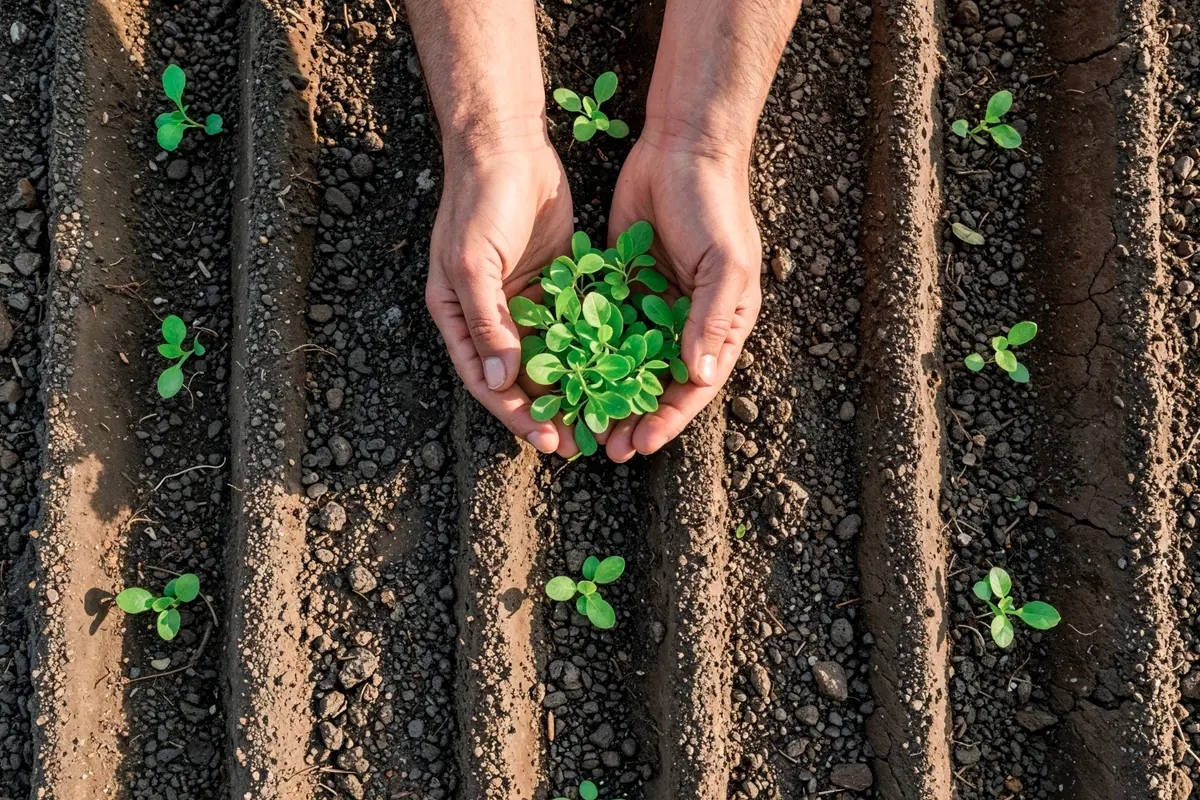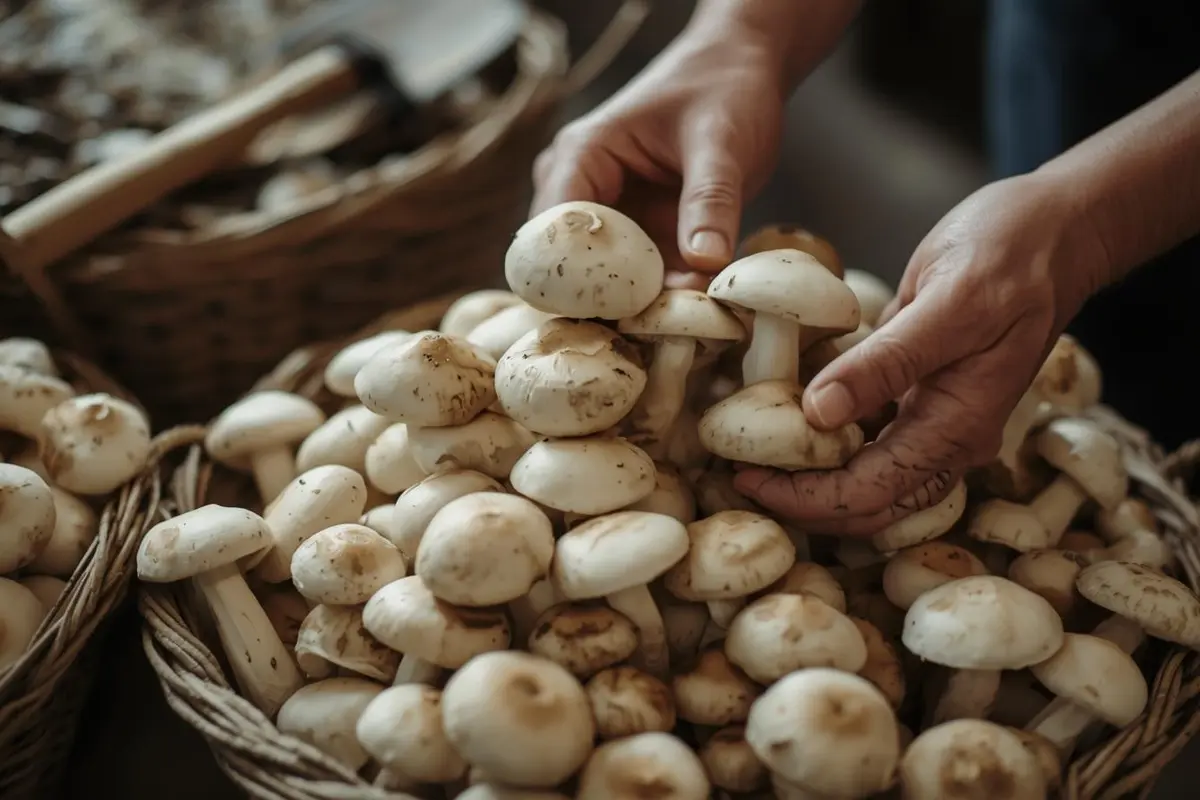Living in a city doesn’t mean you have to give up on your green dreams. With a little creativity and planning, even the smallest outdoor space can be transformed into a lush, calming retreat. This guide to low maintenance small balcony gardening for beginners is perfect for those who want to enjoy the benefits of gardening without the hassle. Whether you’re short on time, space, or experience, we’ll help you create a vibrant, easy-to-care-for balcony garden that brings life and color to your home.
Table of Contents
Advantages of Balcony Gardening
Utilizes Limited Space Efficiently: Balcony gardening makes it possible to grow plants even in small urban apartments, turning unused or underutilized outdoor areas into productive green spaces.
Improves Air Quality: Plants naturally filter pollutants and release oxygen, making your balcony and nearby indoor space fresher, cleaner, and healthier to breathe.
Enhances Mental Well-being: Gardening is a proven stress reliever. Spending time with plants promotes relaxation, reduces anxiety, and contributes to better mental health.
Provides Fresh Herbs and Vegetables: Growing herbs, vegetables, or fruits on your balcony means access to fresh, organic produce without having to rely on store-bought items.
Adds Aesthetic and Property Value: A well-maintained balcony garden adds beauty and character to your home, while also increasing curb appeal and potentially boosting property value.
Key Tips for Low Maintenance Small Balcony Gardening

1. Start Small and Keep It Simple
If you’re a beginner, it’s best to begin with a few easy-to-manage plants. Starting small helps you understand basic gardening needs like watering, sunlight, and soil care without feeling overwhelmed. Choose 3–5 plants that are known for being low maintenance, such as herbs or hardy flowering plants.
2. Choose the Right Containers
Containers are the backbone of balcony gardening. Opt for lightweight, durable pots made from plastic, fiber, or recycled materials that are easy to move around. Ensure that every container has adequate drainage holes to prevent waterlogging. Consider using self-watering pots or railing planters to save space and reduce the frequency of watering.
3. Use Quality Potting Mix
Regular garden soil is too heavy for containers and can retain too much moisture, leading to root rot. Instead, use a high-quality potting mix designed for container gardening. These mixes are lightweight, provide good drainage, and often contain nutrients that support plant growth. A good potting mix helps reduce maintenance by promoting healthy roots and minimizing common soil problems.
4. Select Low-Maintenance Plants
Choosing the right plants is crucial for keeping maintenance low. Look for plants that are hardy, drought-tolerant, and suited to your balcony’s light conditions. Herbs like mint, basil, and thyme; succulents like aloe vera and jade; and flowers like marigolds and petunias are excellent choices. These plants require minimal watering and are less susceptible to pests and diseases.
5. Water Efficiently
Watering is one of the most time-consuming aspects of gardening, so it’s important to do it smartly. Water your plants early in the morning or late in the evening to reduce evaporation. Use a watering can for control or install a simple drip irrigation system to automate the process.
6. Use Mulch to Retain Moisture
Adding a layer of mulch, like dry leaves, coconut husk, or bark chips, on top of the soil helps retain moisture, prevents weed growth, and keeps soil temperature stable. This reduces how often you need to water your plants and protects roots from harsh sun or cold winds.
7. Fertilize Occasionally
Container plants need a nutrient boost from time to time since watering can wash away essential nutrients. Use organic compost, vermicompost, or a slow-release fertilizer every 4–6 weeks. This ensures your plants get the nourishment they need without requiring constant attention.
8. Keep a Simple Routine
Set a regular schedule for watering, checking soil, pruning, and removing dead leaves. A quick daily or every-other-day routine keeps your garden tidy and healthy with just 5–10 minutes of effort. Consistency helps you spot problems early and keeps your gardening stress-free and enjoyable.
Best Low Maintenance Plants for Balcony Gardens

The best low maintenance plants for balcony gardens are those that thrive in containers, require minimal watering, and can adapt to varying light conditions. Herbs like mint, basil, and thyme are excellent choices, as they’re not only easy to grow but also useful in the kitchen. For vegetables, leafy greens like spinach and lettuce, as well as cherry tomatoes and green onions, perform well in small spaces. Flowering plants such as marigolds, petunias, and geraniums add vibrant color and need little care. Succulents and hardy indoor plants like aloe vera, snake plant, and spider plant are ideal for beginners, as they tolerate neglect and need less frequent watering.
Common Mistakes to Avoid in Balcony Gardening
Overwatering or Underwatering: Giving too much or too little water can damage plant roots. Always check the soil moisture before watering and understand each plant’s specific needs.
Using the Wrong Soil: Garden soil is often too heavy and retains too much moisture for containers. Always use a well-draining potting mix suited for container gardening.
Ignoring Sunlight Requirements: Not all plants need full sun. Placing shade-loving plants in direct sunlight or sun-loving plants in the shade can lead to poor growth or plant stress.
Overcrowding Plants: Placing too many plants in a small space restricts air flow and light, causing competition for nutrients and increasing the risk of pests and diseases.
Choosing High-Maintenance Plants as a Beginner: Some plants require constant care and monitoring. Beginners should start with easy, low-maintenance varieties to build confidence and success early on.
Conclusion
Starting a low maintenance small balcony gardening setup is easier than you think. With the right selection of plants, tools, and techniques, you can enjoy a beautiful, stress-free green space without dedicating hours of your time. It’s the perfect way for beginners to connect with nature, enhance their living space, and even grow fresh produce, all from the comfort of their own balcony.

